
The must-read email newsletters on my list include a Dutch plant shop, a Welsh denim brand and 2 Squarespace designers.
“I don’t want to bombard people with emails.”
Followed by,
“Our supply chain / publishing cycle / business model / XYZ doesn’t allow us to email people regularly.“
Years ago, when I heard these objections, I made a serious face, nodded my heads in grave compassion and moved on.
But no longer!
It’s time to break through these barriers and limitations and claim what’s rightfully yours: being marked a favourite in the inboxes of your subscribers, now and forever.
Let’s get real:
Most objections to sending more (or better) emails are the results of fear and trepidation
Or, to quote Jenny Shih, “crappy thinking“:
- Resenting the bad newsletters in your own inbox and projecting those feelings onto your own audience (“OMG they will unsubscribe”)
- Feeling guilty even thinking about sending an email a week, every week (so it will never ever happen)
- Worrying about how difficult it will be to plonk your copy into the email tool and automate the sending (instead of getting affordable support from a tech-savvy VA)
- Expecting instant gratification, aka “sending one sales email to 50 people, making no sales and dropping that newsletter idea altogether”
- Allowing your imagination to be polluted by “what everyone else does” — instead of taking inspiration to do things differently… (for example, by borrowing ideas from someone outside your own industry)
And perhaps most importantly, failing to realise this:
As soon as you take responsibility for marketing, reading other people’s newsletters becomes part of your job
That’s right: Inbox Zero is for personal emails.
The best thing you can do for your email marketing is to subscribe to the best newsletters you can find, and read them regularly. You’ll learn things that no book or online course can teach you.
But I know that my assertions are worth nothing to you. You want proof. And proof you shall receive.
Over the summer, I’ve subscribed to dozens of new newsletters and unsubscribed from a couple more.
Then I carefully curated 14 specimens to show you what’s possible if you allow yourself a bit of artistic freedom with your email list. (In full disclosure, this list deliberately does not include a single client, supplier or personal acquaintance.)
Each example was chosen for at least one specific lesson we can learn from it — about frequency of emailing, topics covered, voice & tone, or even email design.
Then I grouped them into 3 broad topics:
- Marketing & Copywriting;
- User Experience, Customer Experience & Web Design; and
- Purpose (in life & work).
Here’s your task as you go through this list:
Determine which topic is closest to your own line of work.
Pick an example from that group and use it for inspiration in your own business. (Difficulty: easy)
Pick the example from the group that you feel least familiar with, and let it inspire your own practice. (Difficulty: advanced)
Ready?
Let’s go!
5 marketing & copywriting newsletters you should not miss
1 Marsha (from Yes Yes Marsha <– follow link to sign up)
Who it’s from:
Marsha Shandur is a storytelling expert who helps people to be unforgettable.
That’s what it says on her website — but her emails are so much more: they feel like a personal conversation, they’re incredibly entertaining, we’ve learned a gazillion things from Marsha — and she really cares about people & the planet, too.
What it is:
Weekly newsletter about storytelling and communication. Marsha alternates blog posts with exclusive content that you’ll find nowhere else:

What we can learn from it:
- Show that you care by humanising even the tiniest details — such as the unsubscribe info at the bottom:

- Add a secret message to every link, which you can only see if you hover your mouse over it. It’s super addictive:
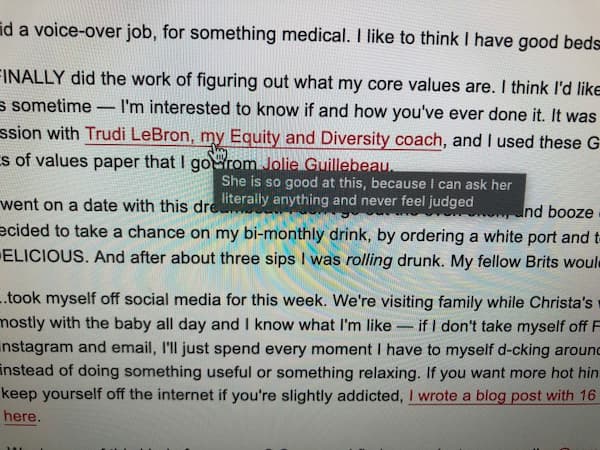
- No need to be perfectionist if that’s not your style. Marsha’s emails feel like they’re coming from a friend because she talks about things like frizzy hair, recording podcasts with a baby strapped to her back, or getting drunk from a single glass of port & tonic. It’s a refreshing reminder that it’s OK to let our own guards down, too.

2. Val Geisler (<– follow link to sign up)
Who it’s from:
Val is an email copywriter for B2C SaaS companies and the founder of Fix My Churn.
What it is:
Emails about email copywriting (very meta, I know). You’ll find weekly email onboarding teardowns, general tips about email writing, and the occasional offer to work with Val. Frequency varies — at the moment I get her emails almost every day, but that may be just a phase we’re going through 🙂
What we can learn from it:
- First impressions matter, so spend some time tailoring that double-opt-in email that your email provider automatically sends out to new subscribers. Just look at this beaut from Val:
- As you see below, there’s no need to faff around with fancy-schmancy email design. A clean, large font may be all you need.
- Goodbye, |FNAME|! Not every email has to start with a salutation. There are many other ways to add that warmth.
- And if you’re in B2C SaaS, you’ll learn a shed load of email wisdom as well.
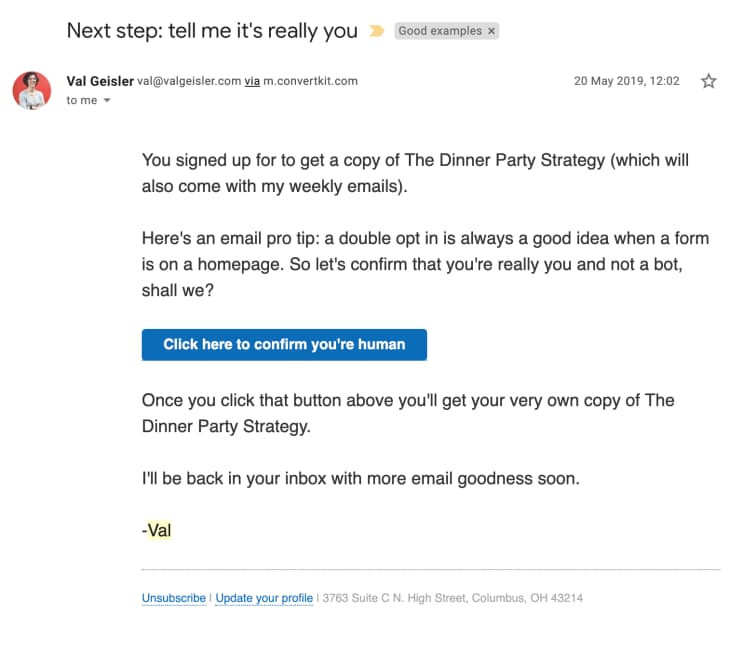
3. Drayton Bird (<– follow link to sign up)
Who it’s from:
A British copywriting legend who’s worked with all the greats. I’m surprised he has no cameo in the Mad Men series.
What it is:
“Helpful hints” about copywriting and advertising in general. (Hat tip to Mike Garner for making me aware of it.)
What we can learn from it:
- How to write subject lines that make people want to read your emails. They’re always intriguing — by asking a provocative question (“The worst ad ever?“), reverting our expectations (“How to Be Conspicuous!“), playing with our worries (“7 copywriting sins that kill businesses“) or simply being absurd (“When you’re up to your neck in alligators“).
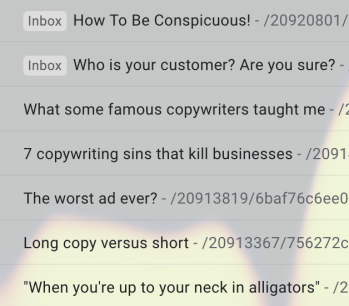
- Honest advertising is not a silly pipe dream. Truly great marketers and sales people care about telling the truth. Many of Drayton’s emails revolve around this theme, and they show off the timidity of those who use sneaky tactics.
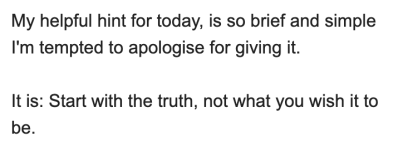
- Stop worrying so much about marketing. Do it — and learn from the results. Oh, and read Drayton’s emails. They will speed up the learning process.

4. TrendWatching | Innovation of the Day (<– follow link to sign up)
Who it’s from:
A global trend-watching agency focused on the B2C space.
What it is:
A daily email showcasing one specific innovation and explaining which broader trends it represents:
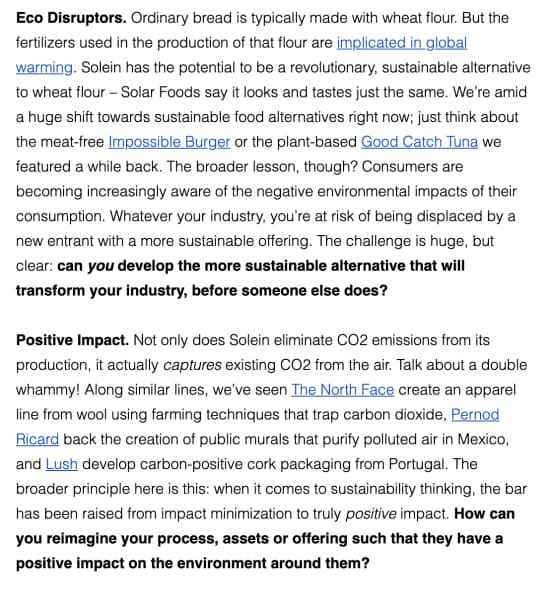
What we can learn from it:
- Yes, it’s OK to send a daily email! Just make sure that it follows a routine format so your readers know what to expect. If they haven’t got time to read your email, people will simply delete or file it. (I sometimes binge on a month’s worth of innovations while waiting for my train.)
- No need to write about yourself, or even about your offer, all the time. By nature of your work, you’re immersed in knowledge that your readers don’t have easy access to — share it in tiny snippets to add value to their lives every day.
- These emails are also worth subscribing to for the content itself. Who knows, something you spot here might spark the idea that will revolutionise your business!

5. Seth Godin (<– follow link to sign up)
Who it’s from:
No list would be complete without Seth Godin’s daily emails. If you’re new to the name: He’s an American author, former dot com business executive and all-round legend.
What it is:
Seth Godin writes a daily blog — and these emails simply bring the latest post to your inbox.
What we can learn from it:
- Yes, it’s OK to send a daily email! (Hold on, did I say that before?)
- How to express confidence. Whether we read a short or a long email that day, every word and sentence is chiseled to perfection. Seth Godin knows how to play with language to express passion, thoughtfulness, urgency and wisdom. Often in the course of a single email. Here’s an example to seduce you (link to the original blog post):
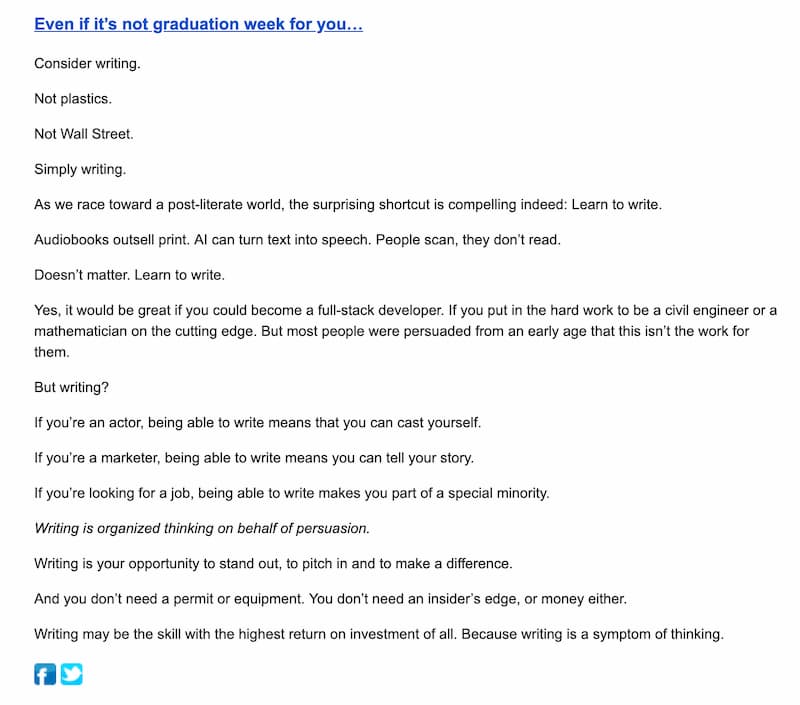
- How to cut through the noise and BS in marketing and focus on what really matters: having an impact. It’s great to have a daily reminder of why we’re marketing anything at all: to change our culture, to change people’s beliefs and behaviours — and make the world a better place.
4 UX, CX & web design newsletters worth signing up to
6. Kerstin Martin Squarespace Studio (<– follow link to sign up)
Who it’s from:
Squarespace expert and online educator with a calm and clear attitude. Almost a bit like the Bob Ross of web design.
What it is:
A mix of Squarespace news, web design tips and personal news about Kerstin’s life as an online solopreneur. Delivered roughly every 10 days.
What we can learn from it:
- How to make a sales offer that feels warm and genuine rather than pushy and gross. Kerstin’s tone is so genuine and personal, her connection to her subscribers is palpable even if you’ve only just signed up:
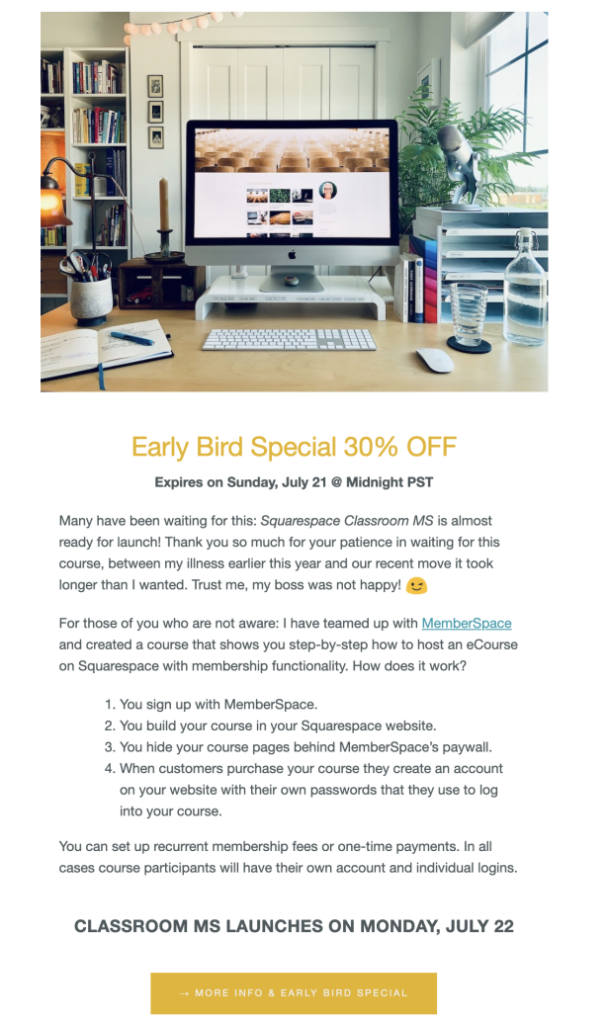
- How to give bad news clearly and compassionately. Like many solopreneurs, Kerstin has to pare down her offering from time to time: for example, by reducing the number of Facebook groups she manages. Just look at her clever word use (“consolidate”, “agonizing”, “perk”, “actually makes a lot of sense”) and the transparent way she explains her decision:
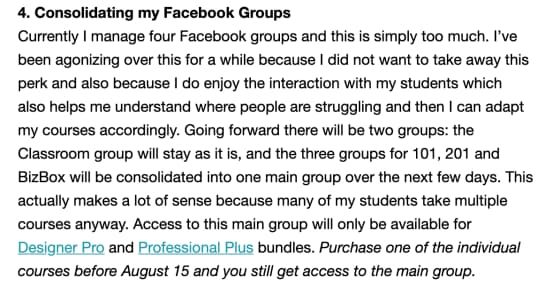
- How to use the weaknesses of a big player in your field to your advantage. When From Scratch started, our website was on Squarespace. At the time, the Squarespace team kept making changes (improvements) to the UI and functionality without announcing them. Most of the time I figures things out as I went along. Still, a lot of improvements happened “undercover”. That’s where Kerstin swoops in with her Squarespace news to keep people apprised of the latest developments.
(What changes happen in your industry that you could pass along to your readers?)
7. Sian Richardson (<– follow link to sign up)
Who it’s from:
Squarespace Expert, Graphic Designer & Creative Entrepreneur and so cool that I’m almost a little afraid of her.
What it is:
Irregular musings on brand design, creativity and life as a service-based solopreneur.
What we can learn from it:
- How to push aside your fear of judgement and let your true self come out to play in your biz.
I can feel my heart racing with excitement when I read her emails. Occasionally, my ears turn red. - Everything else relates to that — whether it’s thinking about time and money, designing your brand or setting up your website, it all comes down to the same thing:

8. Baymard Institute (<– follow link to sign up)
Who it’s from:
A Danish, independent web usability research institute that conducts original large-scale research studies on all aspects of the e-commerce user experience.
What it is:
Whenever they publish a new article, it’s sent straight to your inbox. They usually email about twice a month.
What we can learn from it:
- How to communicate a technical limitation gracefully. I still read their emails as emails — because they do tend to look OK. But I appreciate their message nonetheless:

- Yes, you can send a lot of really detailed information via email. Not every newsletter has to be an email “selling” the click-through to a blog post. Just make sure your content is the perfect match for the people who’ve signed up to get it.
- How to write titles for reports and blog posts. The Baymard team really knows how to create a “burning platform” to incite action. (And of course, reading these emails will make you a bit of a UX expert.) Here are a few of my favourites:
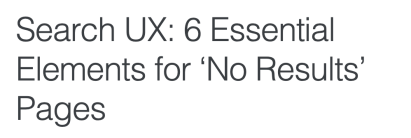
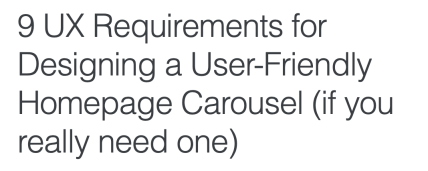
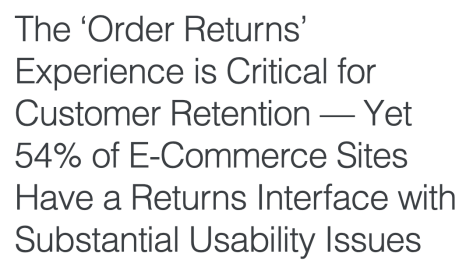
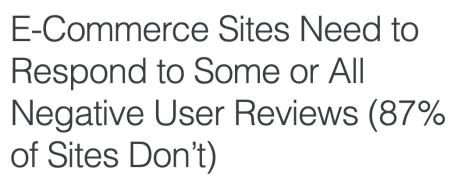
9. Zendesk Relate (<– follow link to sign up)
Who it’s from:
Zendesk is a customer support ticket system and help platform. “Relate by Zendesk” is their online magazine and email newsletter, and also the name of their customer experience conference.
What it is:
An infrequent newsletter collecting the best features from the online magazine.
What we can learn from it:
- How to create content that’s an extension of your commercial offer — instead of a barrage of sales emails. This is what creates engagement and trust that extend beyond discount codes and special offers.
(“Yeah, but that’s easy for them“, I hear you say. “They serve a specific audience!“
— Here’s the thing: So do you. The very fact that people have subscribed to your emails means they have something in common — a desire to know and learn. What is it and how can you give it to them?)
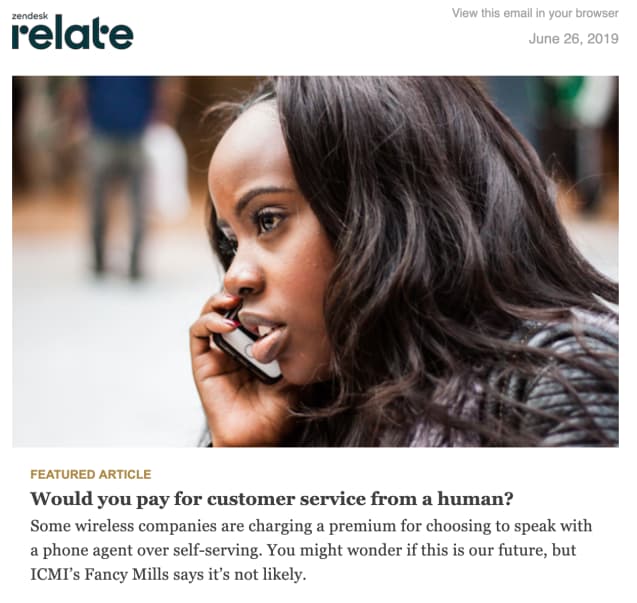
- How to extend that content even further. You might expect customer service tips from a help desk SaaS company. But what about leadership? Workplace norms? Wellness? — Relate regularly features topics that are related to the worlds of its readers (see what I did there?)
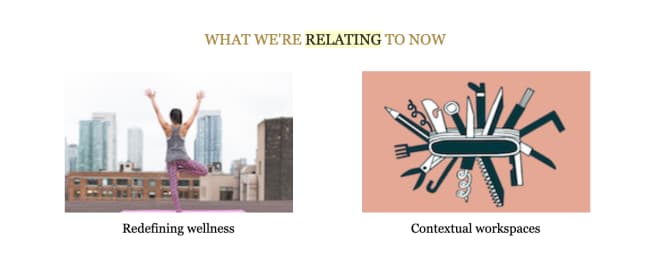
- You don’t have to email every week, or even regularly at all. Looking at my inbox, there were months that I did not get a single Relate email. While I cannot say I missed them, such gaps and pauses do not make me like their emails any less.
5 Purpose-driven newsletters that can change your life (and business)
10. The Scrapbook Chronicles (<– follow link to sign up)
Who it’s from:
The Hiut Denim Co. make jeans in the Welsh town of Cardigan. They proudly make the best jeans they can — not the most they can. And they send a weekly newsletter called The Scrapbook Chronicles.
What it is:
A cult newsletter whose open rate exceeds almost any industry standard. In the words of Co-founder David Hieatt,
It is one of those rare newsletters that is actually looked forward to. Hiut Denim Co regularly receives gifts through the post thanking them for sending it out. And it delivers results. It has grown the Hiut Denim Co 25% each year for the last three years. And each year for the last three years, it has turned a profit.
What we can learn from it:
- Your subject line can become your brand. If you’re tired of fiddling with subject lines to increase your open rates, try writing emails that are so good — people will keep reading them even without tricks, techniques and tactics. It’s worked for Hiut Denim — so why should it not work for you? All it takes is effort and a dedication to building your reputation.
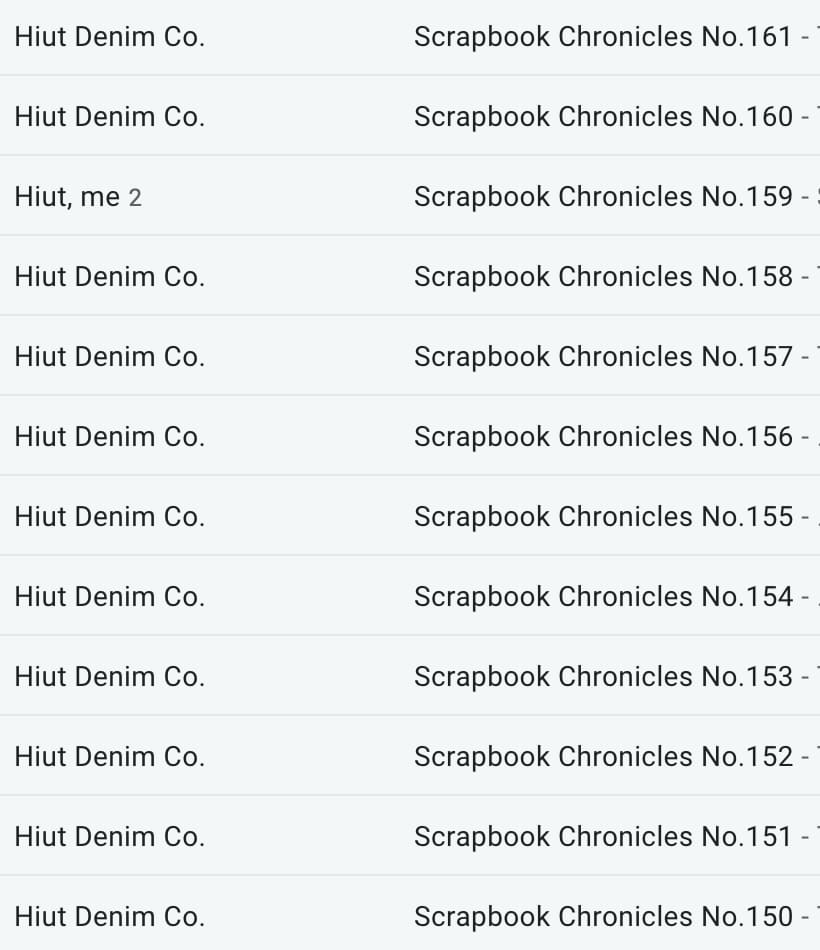
- Just be yourself and share what inspires you. There’s no need for a complicated brand rulebook about what can and cannot go into your emails: just show up with a desire to serve your readers the best of the best. The Scrapbook Chronicles contain anything from viral videos to brand theory, from health advice to film tips, sustainable product discoveries and omelette recipes. The variety does not feel random, and it’s part of what makes these emails so exciting.
- Have something to sell? Slip it in between super cool, enlightening stuff. Not only will your offer look better surrounded by such amazingness; your sales pitch will feel effortless too. Plus, you’ve already given so much value — the laws of persuasion say your audience is primed to reciprocate.
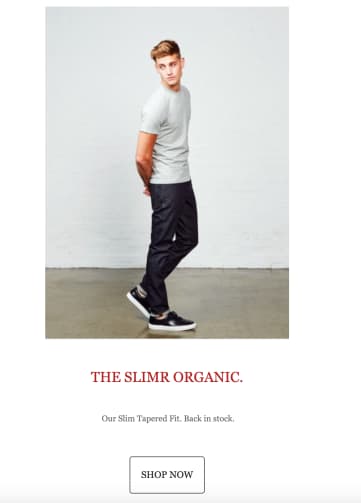
11. Have I Got Social Enterprise News for You (<– follow link to sign up)
Who it’s from:
David MacGlashan at The School for Social Entrepreneurs. His work is epic! Thanks to Annie Moon for recommending his emails to me.
What it is:
A weekly roundup of news that affect the social enterprise space. Mainly geared to UK businesses, but some of the content is valuable to do-good businesses anywhere in the world. Plus, it’s extremely entertaining!
What we can learn from it:
- Turn your newsletter into a proper brand. Maybe it’s because they’re both called David, but Messrs Hieatt and McGlashan seem to follow a similar strategy of naming their weekly emails to make them recognisable. David McGlashan takes this a sip further by adding a zesty twist to the otherwise possibly dry prospect of social enterprise news:

- If you’re not the boastful type, try some self-deprecating humour. I don’t usually share newsletter content on social media, but these calls to action at the top of each newsletter made me LOL enough to consider it.

- What’s the most-loved thing about your newsletter? It might be the part you consider the supporting act: those tidbits from your life that you’re secretly thinking of scrapping next time. If that’s you, don’t! It’s nice to sense there’s a human writing these emails. Your unique personal perspective it what sets your email (and your entire business) apart.
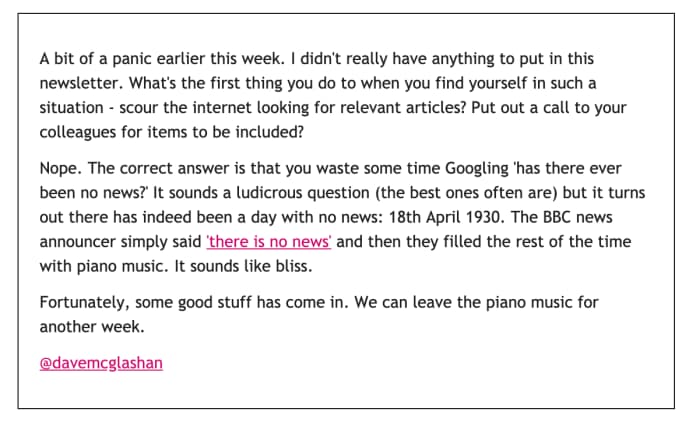
12. Medium Membership: The Edition (<– follow link to sign up)
Who it’s from:
Medium is an online publishing platform with a paid membership that allows deeper engagement with Medium content, wider access to articles and various other perks. Siobhan O’Connor, VP of Editorial, sends regular updates highlighting the most interesting content from the community.
What it is:
A weekly “member-only newsletter of hand-picked stories to keep you informed, sane, and entertained”.
What we can learn from it:
- VIP content can add some extra (biodegradable) glitter to your customer relationships. Consider tagging your subscribers so you can send exclusive content to people who bought from you in the past. And instead of just reminding them that they might need a replacement soon — or that they liked jasmine tea a few months ago — add value to their lives with curated recommendations.
- If you’re sending a list of recommendations, warm it up with a paragraph or two letting your readers know what made you pick these and not others. It’s important that you sign this off personally — or the email will feel careless instead of extra special. Medium learned this the hard way, and they improved The Edition since they got this scathing bit of feedback.
- Add a quote from the post you’re promoting to draw people into the content. It’s so intriguing, more people will want to click through:
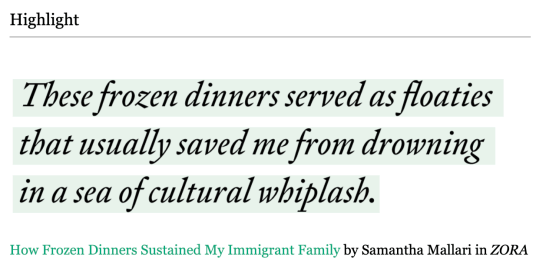
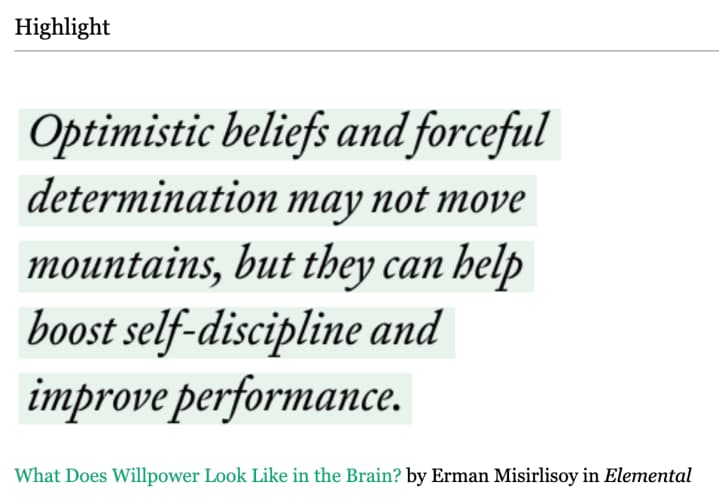
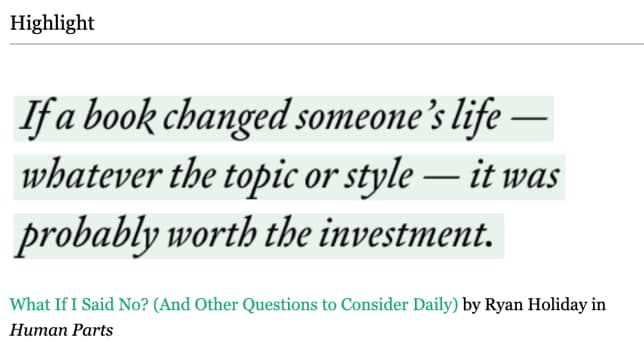
13. Ethical Consumer Magazine (<– follow link to sign up)
Who it’s from:
Ethical Consumer is a not-for-profit UK magazine and website which publishes information on the social, ethical and environmental behaviour of companies and issues around trade justice and ethical consumption. (Information taken from Wikipedia)
What it is:
A weekly newsletter from the Ethical Consumer team, containing the latest info about their product guides, news and discussions, updates on campaigns and boycotts as well as competitions and special offers.
What we can learn from it:
- Not all emails need to come from the same person. Some Ethical Consumer newsletters come from Tim, others from Sophie or Clare. It’s always easy to see that an email is coming from them because of how they set up their sender info.

- Stick to one big idea and one offer per email — and you’ll never run out of content ideas again. I’m often amazed at how much the Ethical Consumer team get done with such a small team. Every week, it seems they have a massive update for me. And that’s on top of the actual magazine and their annual conference! Looking at their newsletter more closely, you’ll discover that they often stick to the “Rule of One“. This means they can confidently send an email each week without ever running out of steam.
- Take a stance, from your subject line to your PS. In August 2019, the team sent an email with this thought-provoking subject line:

Even the PS had an opinion — not on supermarkets this time, but on what matters in making a magazine: getting it just right.

- Give loads of practical advice. Ethical Consumer product guides help readers choose the products that most align with their values. They’re easy to use, thoroughly researched and usually down to earth. (There was one guide recommending a salad-spinner type washing machine and another suggesting a hole in the ground might serve as a fridge replacement… but as far as I can remember, those two are the only outliers.)
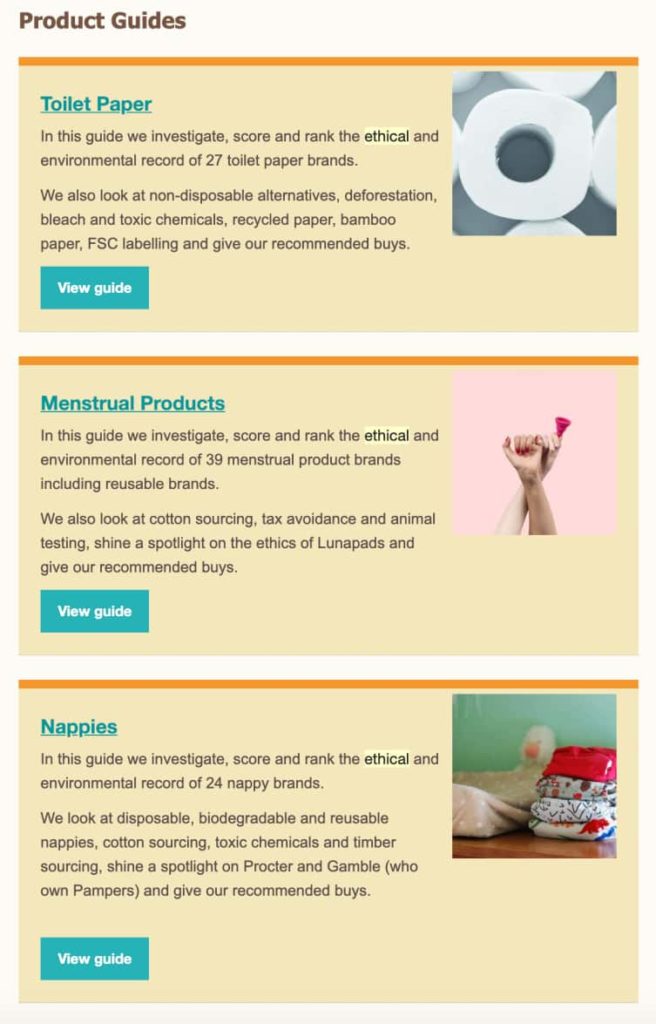
14. Sprinklr
Who it’s from:
Liedewij, fellow writer and co-founder of Sprinklr — a Dutch startup that wants to make cities greener. The team sell house and garden plants, many of which are organically grown. Their online shop lets you choose plants based on criteria such as pet & child safety, light preferences and size. You can pick up your plants in Amsterdam Noord or have them delivered during a dedicated time slot. And if you’ve got a killer thumb like me, the Sprinklr app teaches you everything you need to take care of your green house mates.
What it is:
A twice-monthly email from Liedewij with product and company news, as well as a course on looking after your new plants when you place an order.
What we can learn from it:
- Make it easy for people to sign up to your newsletter! I have not been able to link you to the sign-up form because I could not find it on their website…
- Tie your product updates to current news. For example, they launched a new garden plant package to support insects, soil quality and biodiversity — all three at risk in the Netherlands:
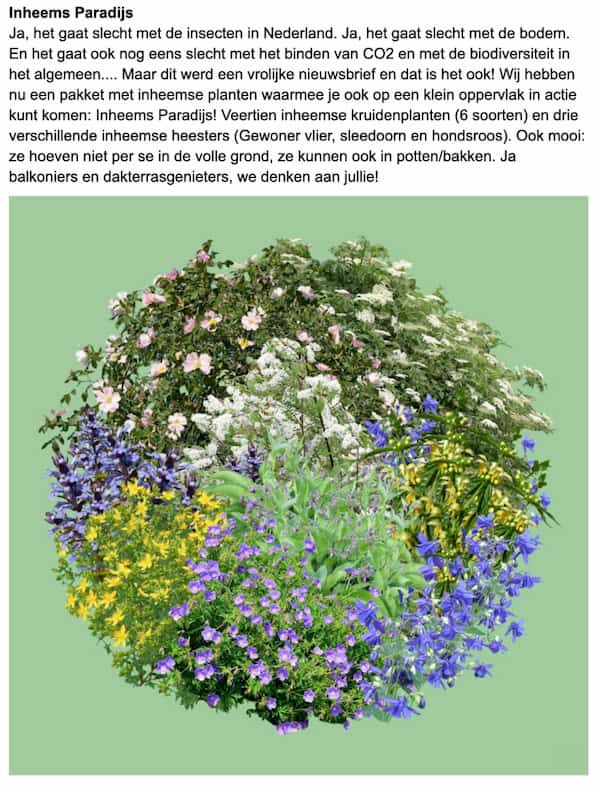
Translation:
Indigenous Paradise
No, the insects in the Netherlands are not doing well. No, the soil is not doing well. And binding CO2 and biodiversity in general are also going downhill …. But this is supposed to be a happy newsletter and so it is! We now have a package of native plants with which you can take action even if your space is small: Indigenous Paradise! Fourteen native herb plants (6 species) and three different native shrubs (Elder, Blackthorn and Dog Rose). Also nice: they don’t necessarily have to be in the open ground, they can also be in pots / trays. Yes, balcony and roof terrace lovers, we’re thinking of you!
- Be honest about what it’s like building your business. We’re surrounded with “shiny happy entrepreneurs” who wake up at 4am each day to take an ice bath so they’re more productive. We’re all craving authenticity and a true personal connection. Allow yourself to let your guard down without making your readers pity you. Sprinklr did that really nicely in an email about the struggles of building a sustainable business:
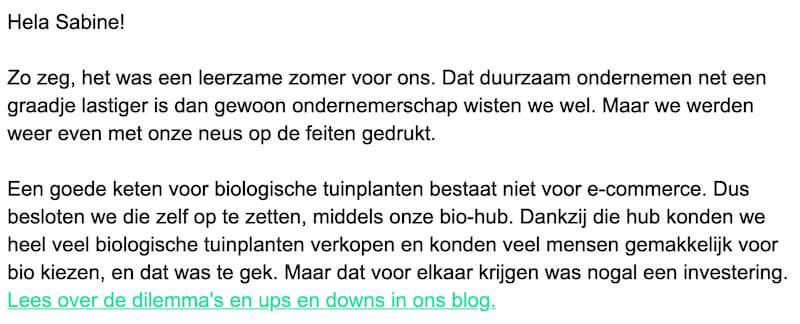
Translation:
It was an educational summer for us. We knew that sustainable entrepreneurship is just a bit more difficult than just ordinary entrepreneurship. But we were once again confronted with the facts.
There’s no good e-commerce supply chain for organic garden plants. So we decided to set it up ourselves, through our “bio hub”. Thanks to that hub we were able to sell a lot of organic garden plants and many people could easily choose organic, and that was great. But getting it done was quite an investment. Read about the dilemmas and ups and downs in our blog.
Phew, that’s a lot of inspiration.
In summary, my message is this:
Take courage, dear reader. Emails can be immensely powerful.
So, start sending emails. Start sending better emails. Start sending more of them, too.
And if you’d like a sparring partner to hash out your email marketing strategy, get in touch.
From coaching you on how to optimise your email marketing for conversions, to writing your marketing emails for you: We’re here to help your business thrive in your audience’s inboxes.